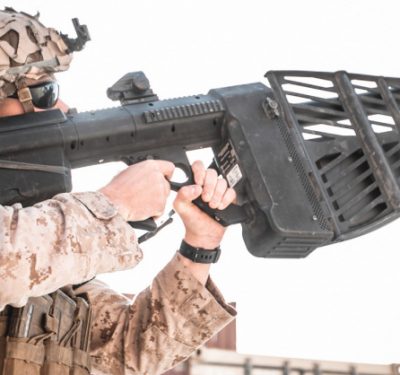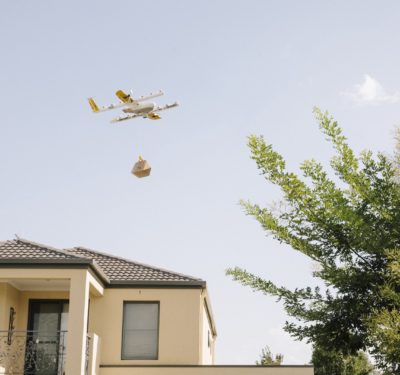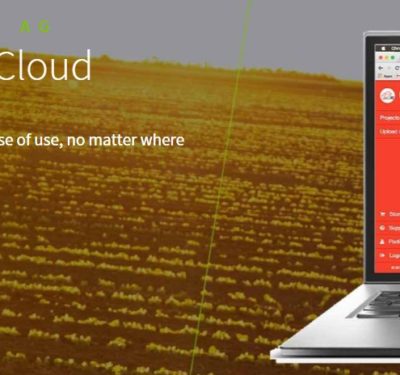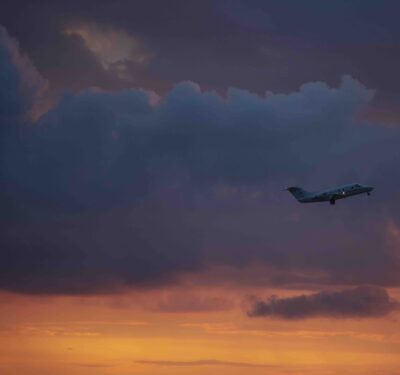 By the end of the month, Drone Delivery Canada’s (DDC) Sparrow will be transporting cargo over the busiest highway in the world.
By the end of the month, Drone Delivery Canada’s (DDC) Sparrow will be transporting cargo over the busiest highway in the world.
Through a partnership with global transport and logistics leader DSV, DDC’s Sparrow will carry health care and COVID-19-related cargo from the company’s facility in Milton—which is just outside Toronto—over Ontario Highway 401 to a drop-off location shared by two DSV customers, said DDC President and CEO Michael Zahra. This new route comes about a year after DDC began transporting cargo on DSV’s property, traveling from one end of the massive facility to the other and making hundreds of successful deliveries a month.
This new project is the first using the Sparrow’s new drop mechanism, Zahra said. Typically, the company sets up what they call DroneSpots for the system to travel between, with someone waiting to unload the cargo at the drop off point. For this project, the Sparrow will leave from a DroneSpot at the facility, travel 3.5 kilometers to the shared location, and then drop the secured package from an altitude of about 25 feet without landing. The Sparrow will then regain altitude and return to the DroneSpot. DDC will monitor flights remotely from its Operations Control Centre.
“During this critical time, we have helped many of our clients find new ways of delivering cargo,” said Martin Roos, managing director of DSV Air & Sea Canada, according to a news release announcing the new route. “In order to keep goods flowing through the supply chain, innovative solutions are key to embrace. Drone delivery provides an answer to many of the challenges we’ve seen during the current situation.”
The number of daily flights will depend on the customer, Zahra said, but they can deploy the Sparrow as often as they want with planned flights or on-demand. The drone, which doesn’t use a tether or a parachute to drop payload, can fly at night and in rain or snow, carrying up to 10 pounds. The drop function created for the Sparrow is what Zahra describes as the fastest and safest method for these types of deliveries.
“It really opens up a lot more use cases,” Zahra said. “We like the model of flying from depot to depot because it’s very safe and secure, but in some cases there’s not going to be infrastructure at the destination.”
Residential deliveries, emergency aid and deliveries to someone working in the field, say on a cell phone tower, are all examples of situations where there might not be infrastructure available and safely dropping the payload in a designated area is the best option.
There are two other DSV customers interested in the service, so Zahra sees the potential for new routes being added in the future. Such routes could involve the DroneSpot-to-DroneSpot model or the new cargo drop function.
During the coronavirus pandemic, DDC has seen an increase in activity from indigenous communities, government and the health care industry, Zahra said. Drone delivery limits person to person contact, which is key right now. One of the most recent projects involves the Beausoleil First Nation (BFN) Community in Ontario. Through a partnership with GlobalMedic, the Sparrow will deliver COVID-19-related cargo, such as personal protective equipment (PPE) and test swabs, between DroneSpots on the mainland and on the island, helping to limit ferry use. The team is setting up for the project now, with flights expected to begin July 20.






